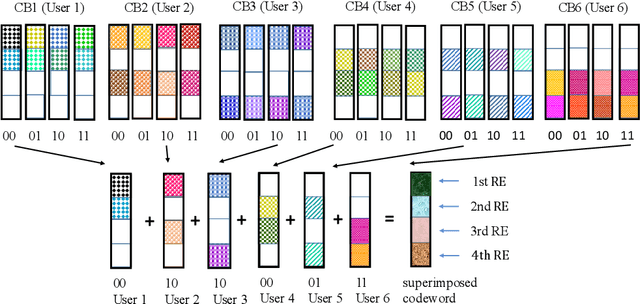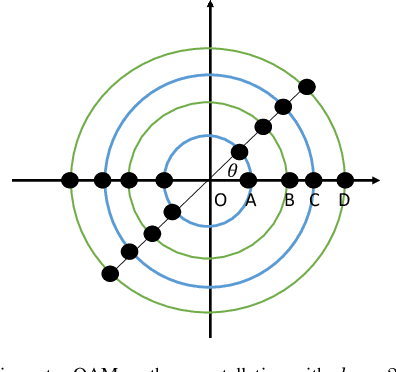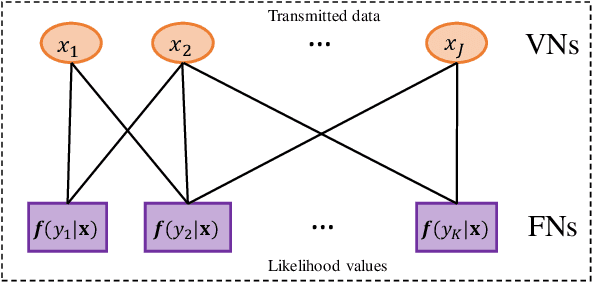A Tutorial on Decoding Techniques of Sparse Code Multiple Access
Paper and Code
May 16, 2022



Sparse Code Multiple Access (SCMA) is a disruptive code-domain non-orthogonal multiple access (NOMA) scheme to enable \color{black}future massive machine-type communication networks. As an evolved variant of code division multiple access (CDMA), multiple users in SCMA are separated by assigning distinctive sparse codebooks (CBs). Efficient multiuser detection is carried out at the receiver by employing the message passing algorithm (MPA) that exploits the sparsity of CBs to achieve error performance approaching to that of the maximum likelihood receiver. In spite of numerous research efforts in recent years, a comprehensive one-stop tutorial of SCMA covering the background, the basic principles, and new advances, is still missing, to the best of our knowledge. To fill this gap and to stimulate more forthcoming research, we provide a holistic introduction to the principles of SCMA encoding, CB design, and MPA based decoding in a self-contained manner. As an ambitious paper aiming to push the limits of SCMA, we present a survey of advanced decoding techniques with brief algorithmic descriptions as well as several promising directions.
 Add to Chrome
Add to Chrome Add to Firefox
Add to Firefox Add to Edge
Add to Edge